Winter Salad Greens: Tips On Growing Greens In Winter
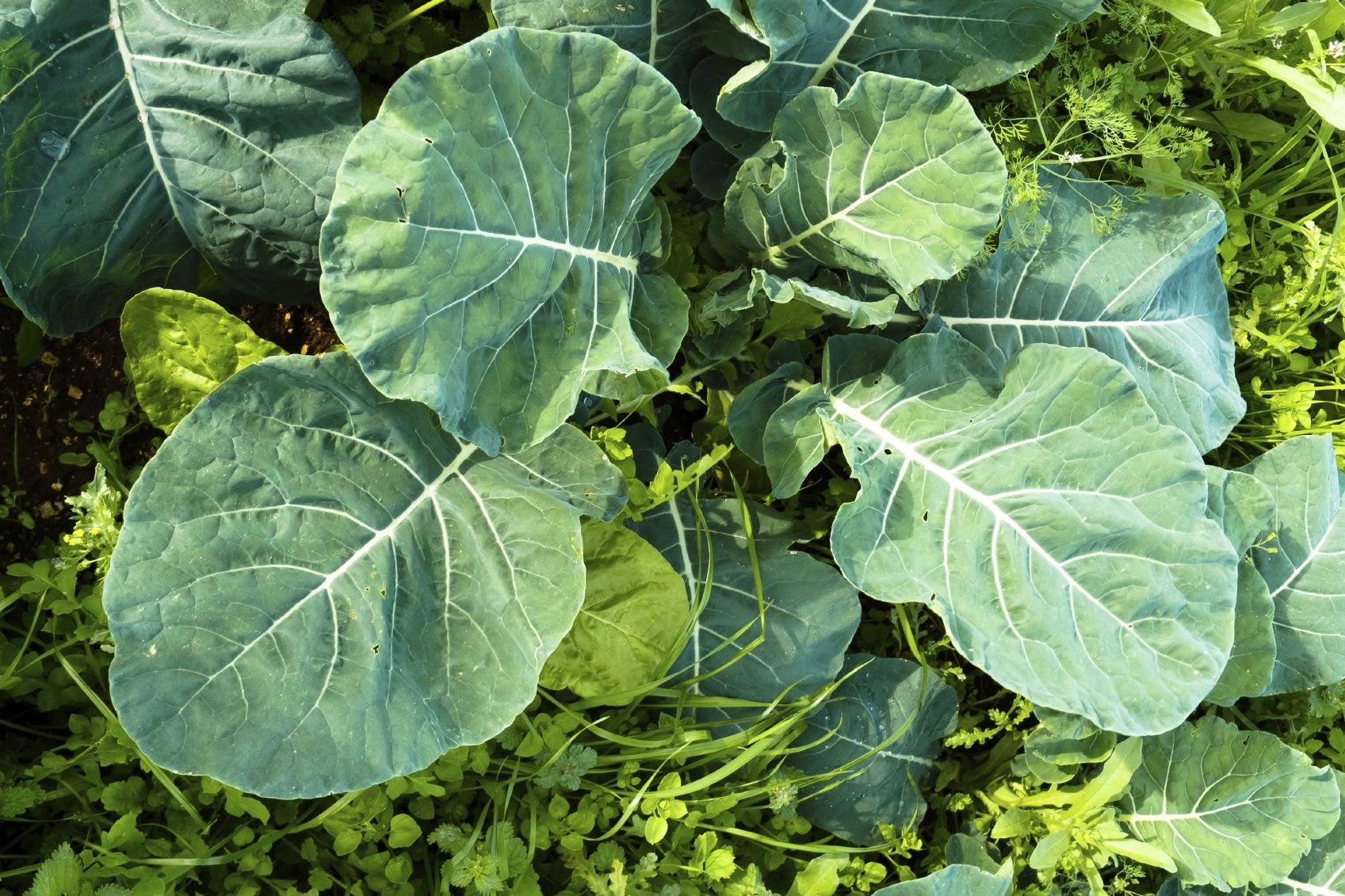

Garden-fresh vegetables in winter. It’s the stuff of dreams. You can make it a reality, though, with some crafty gardening. Some plants, unfortunately, just can’t survive in the cold. If you get cold winters, for instance, you’re not going to be picking tomatoes in February. You may, however, be picking spinach, lettuce, kale, and any other leafy greens you like. If you’re growing in the winter, salad greens are the way to go. Keep reading to learn how to grow greens over winter.
Greens to Grow Over Winter
Growing greens in winter is all about keeping them and the soil beneath them warm. This can be achieved a few ways, depending upon just how cold it is. Garden fabric works wonders when it comes to keeping greens safe and warm in cool weather. When the temperature drops, protect your winter salad greens further with a garden quilt. If growing greens in winter to you means all winter long, then you’ll want to switch to plastic, ideally held up with a structure called a hoop house. Build a structure made of plastic piping (or metal, if you’re expecting heavy snowfall) over your winter salad greens. Stretch over the structure thin, translucent plastic and secure it in place with clamps. Include a flap on opposite ends that can be easily opened and closed. On sunny days, even in the dead of winter, you’ll need to open the flaps to allow air circulation. This keeps the space inside from overheating and, importantly, prevents buildup of excessive moisture and disease or insect infestation.
How to Grow Greens in the Winter
Greens to grow over winter are often greens that germinate and thrive in cool temperatures. Keeping them cool in the summer is just as important as keeping them warm in the winter. If you’re looking to start your winter salad greens in late summer, you may want to start them indoors, away from hot temperatures outside. Once the temperatures begin to drop, transplant them outside. Beware though- plants really do need ten hours of sunlight per day to grow. Starting your plants early in the fall ensures they’ll be big enough to harvest from in the winter, when they won’t necessarily be able to replenish harvested leaves.
Gardening tips, videos, info and more delivered right to your inbox!
Sign up for the Gardening Know How newsletter today and receive a free copy of our e-book "How to Grow Delicious Tomatoes".

The only child of a horticulturist and an English teacher, Liz Baessler was destined to become a gardening editor. She has been with Gardening Know how since 2015, and a Senior Editor since 2020. She holds a BA in English from Brandeis University and an MA in English from the University of Geneva, Switzerland. After years of gardening in containers and community garden plots, she finally has a backyard of her own, which she is systematically filling with vegetables and flowers.
-
 Looking For Plants To Give You The Soft And Fuzzies? Try These 5 Fuzzy Leaf Plant Options
Looking For Plants To Give You The Soft And Fuzzies? Try These 5 Fuzzy Leaf Plant OptionsLovers of texture, drama, silver foliage and tactile plants will adore these special sensory garden additions. These fuzzy leaf plant options will leave you all aglow
By Susan Albert
-
 Get Ready For A Summer Of Hummers! Grow These Full Sun Hummingbird Plants and Flowers
Get Ready For A Summer Of Hummers! Grow These Full Sun Hummingbird Plants and FlowersIf you’re lucky enough to enjoy a sunny backyard, make sure you are maxing out on your pollinator opportunities and grow these full sun hummingbird plants and flowers
By Tonya Barnett
-
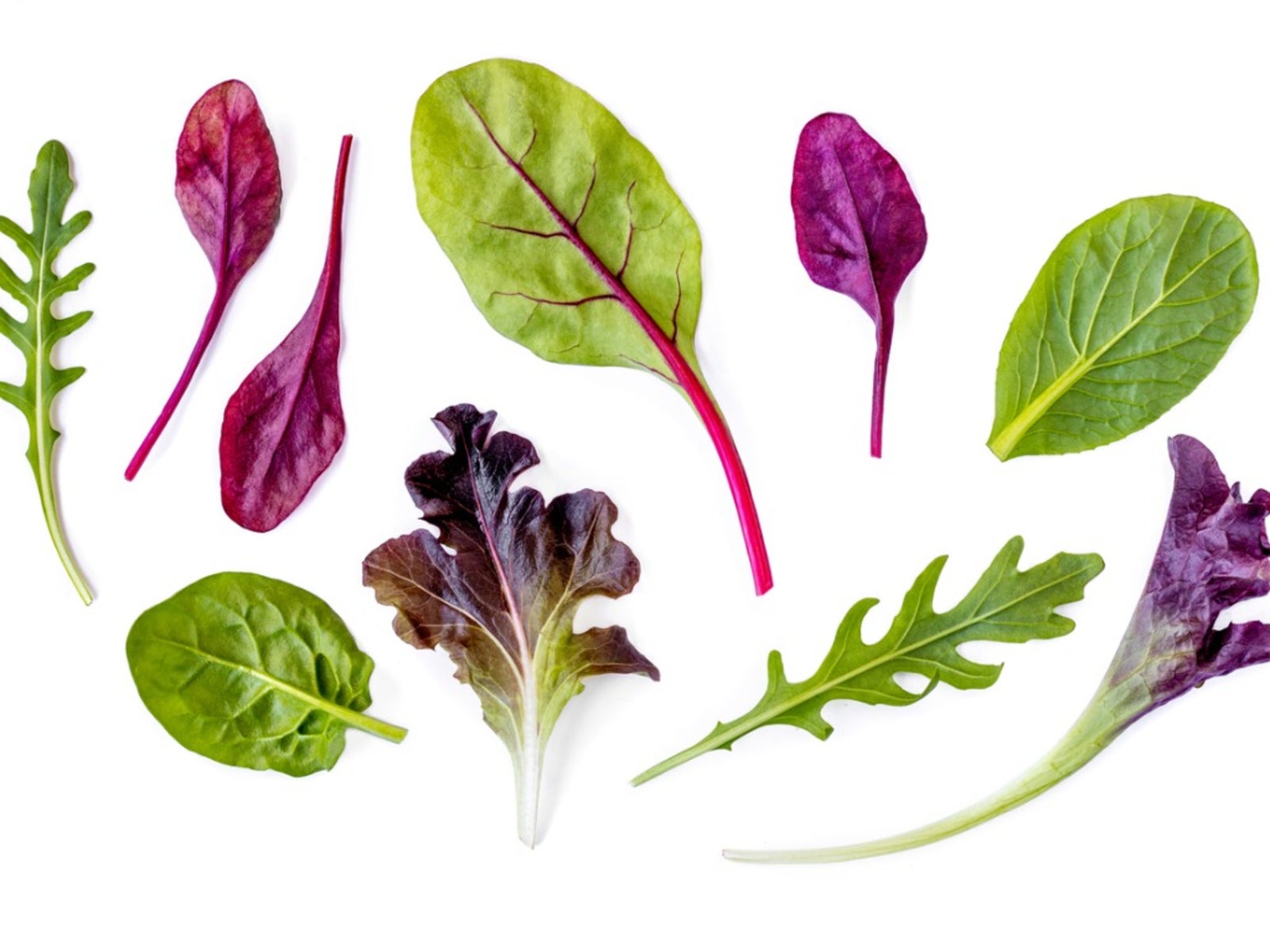 Substitutes For Lettuce – Growing Alternative Salad Greens
Substitutes For Lettuce – Growing Alternative Salad GreensAlternatives to lettuce are generally higher in nutrients and more flavorful. Click here for some ideas on what to use as substitutes for your lettuce.
By Amy Grant
-
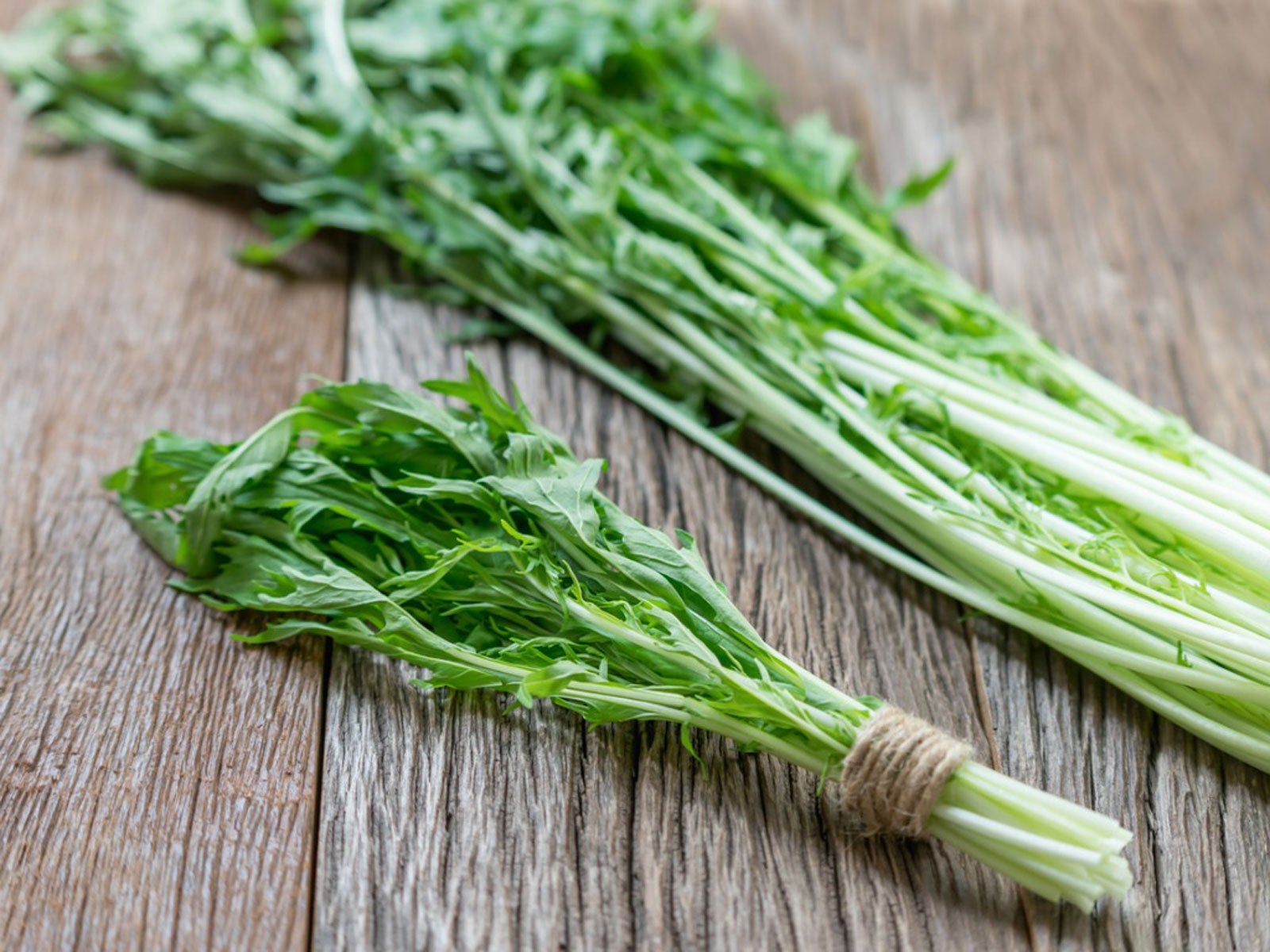 Mibuna Mustard Greens: How To Grow Mibuna Greens
Mibuna Mustard Greens: How To Grow Mibuna GreensMibuna mustard is a highly nutritious Asian green with a mild, mustardy flavor. Wondering how to grow mibuna greens? Click here.
By Mary H. Dyer
-
 Autumn Crop Greens – When To Plant Greens In The Fall
Autumn Crop Greens – When To Plant Greens In The FallYou can easily grow greens in fall. Many leafy salad greens are cool season crops that prefer the autumn temperatures. Click here for more.
By Amy Grant
-
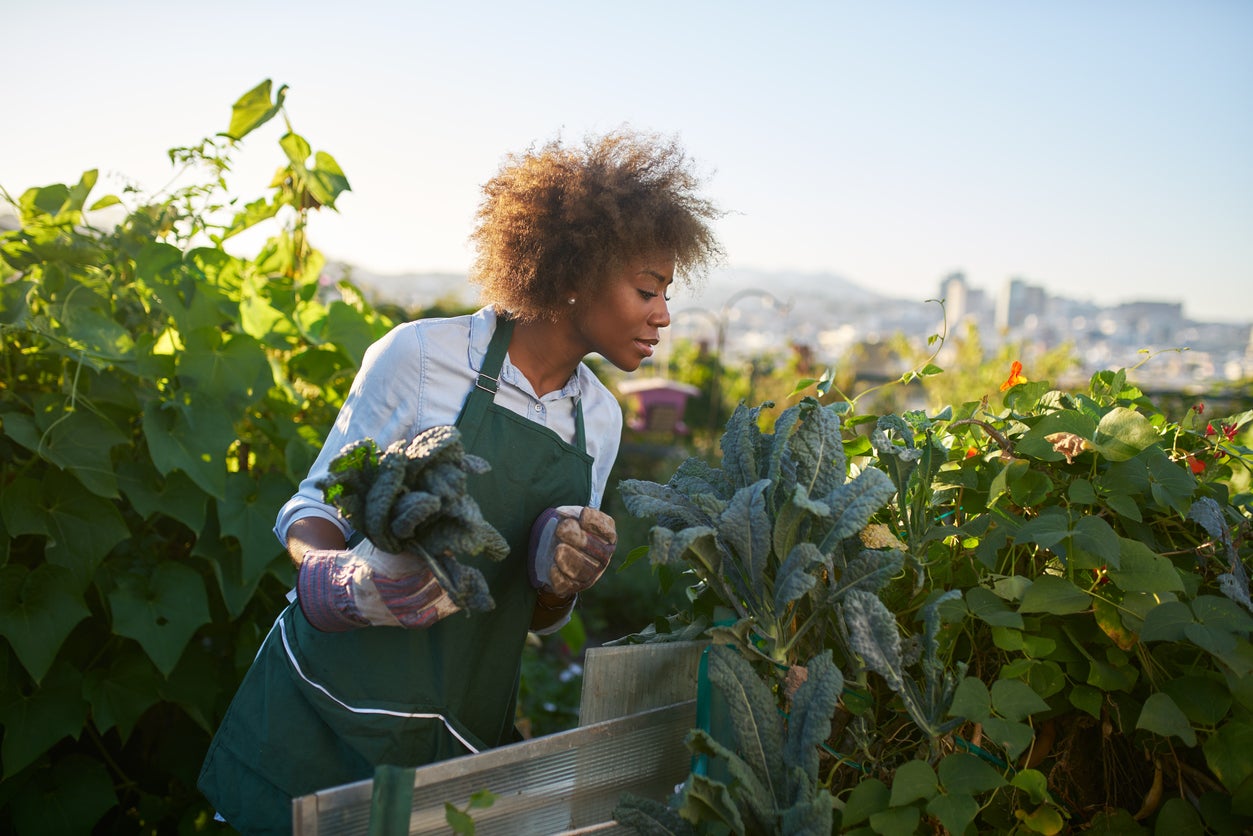 How To Harvest Leafy Greens – Picking Leafy Greens In The Garden
How To Harvest Leafy Greens – Picking Leafy Greens In The GardenAll leafy greens are easy to grow, rich in nutrients (although some more than others) and some can be eaten both fresh and cooked. Harvesting leafy greens is a simple matter as well. Click here if you’re interested in learning how and when to harvest garden greens.
By Amy Grant
-
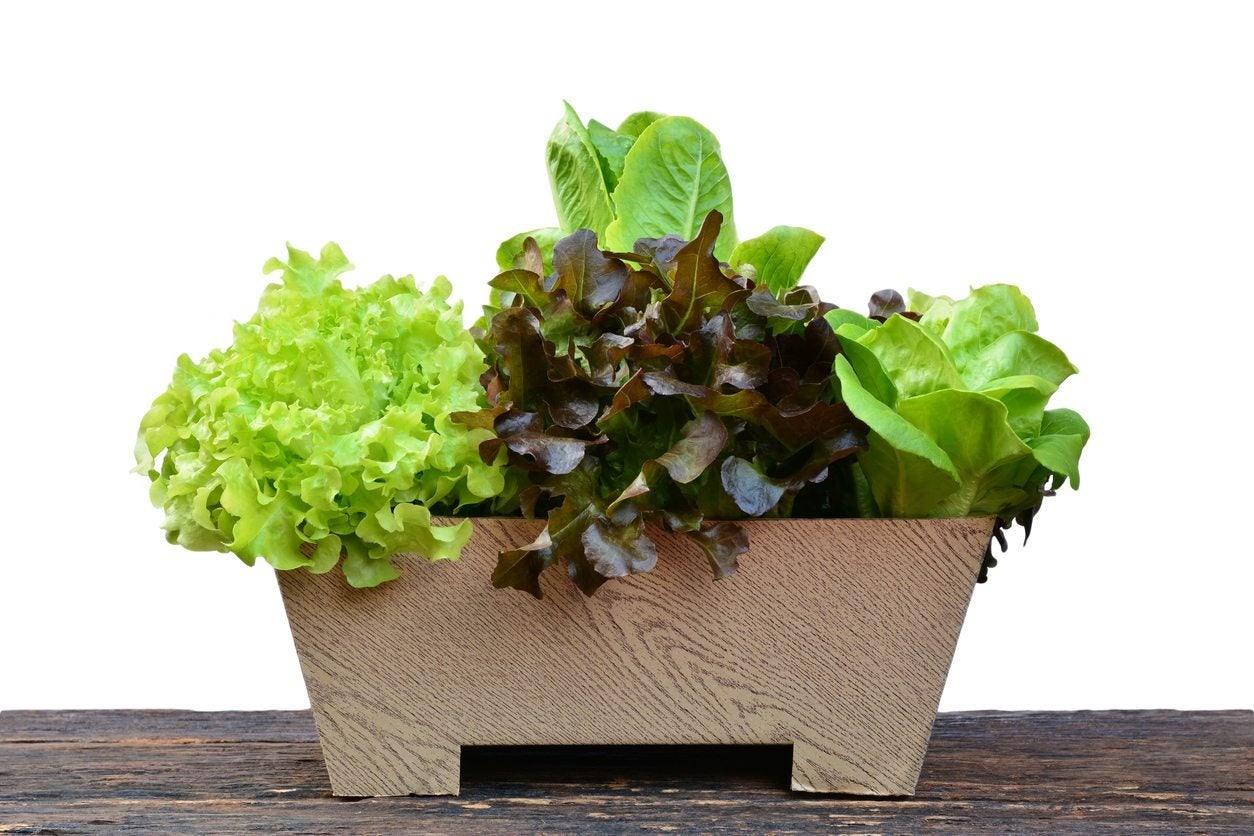 Growing A Salad Bowl Garden: Learn How To Grow Greens In A Pot
Growing A Salad Bowl Garden: Learn How To Grow Greens In A PotGrowing your salad greens in containers! They're less expensive, fresh and at your fingertips. A salad bowl garden is the ultimate luxury for easy gardening and healthy eating.
By Amy Grant
-
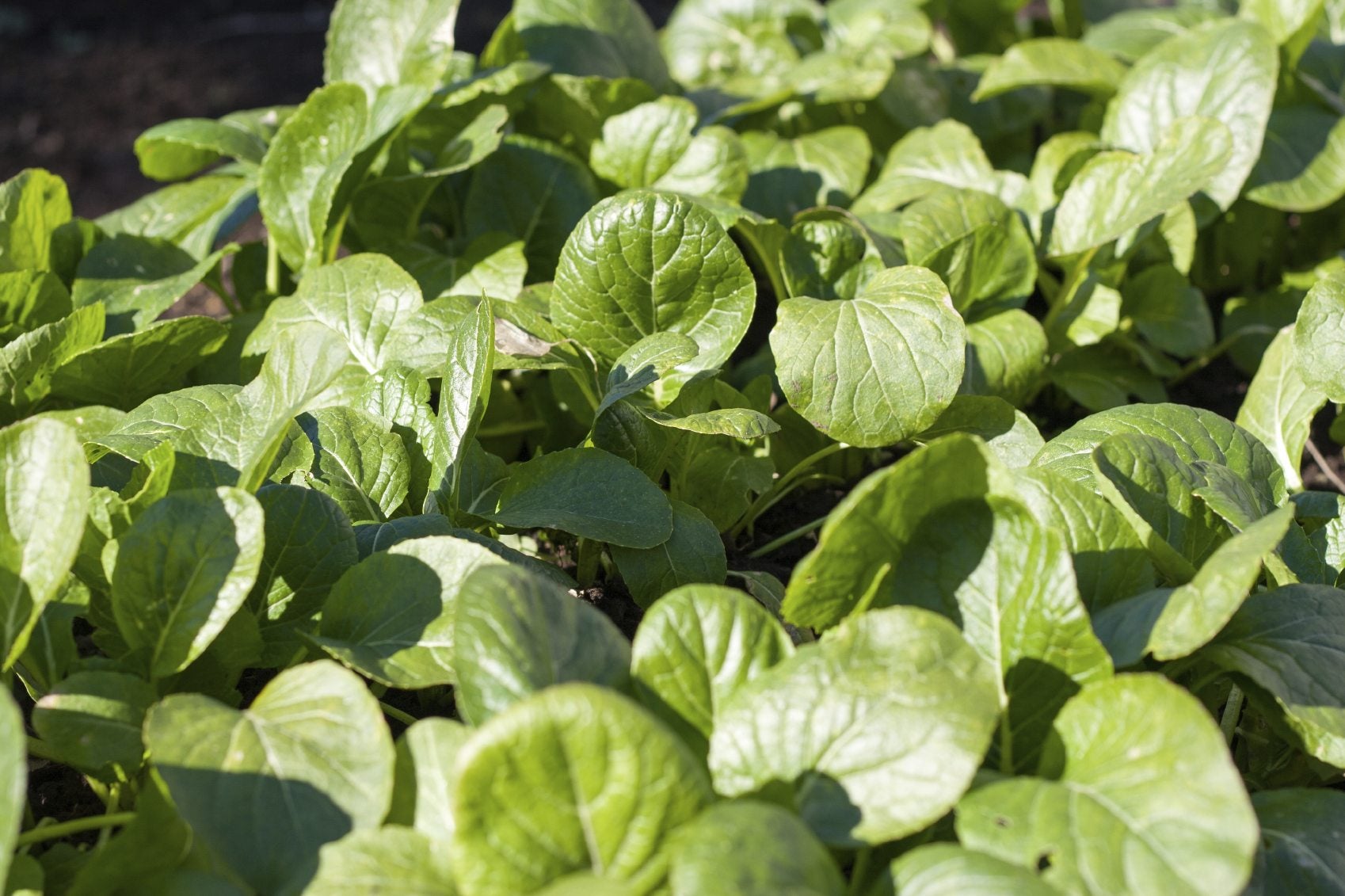 Komatsuna Plant Care: Tips On Growing Komatsuna Greens
Komatsuna Plant Care: Tips On Growing Komatsuna GreensI dare say most of us have never heard of growing komatsuna greens; I hadn't. When I read about them, I began to wonder what does komatsuna taste like and how do you grow it. Read on to discover a wealth of interesting komatsuna facts.
By Amy Grant
-
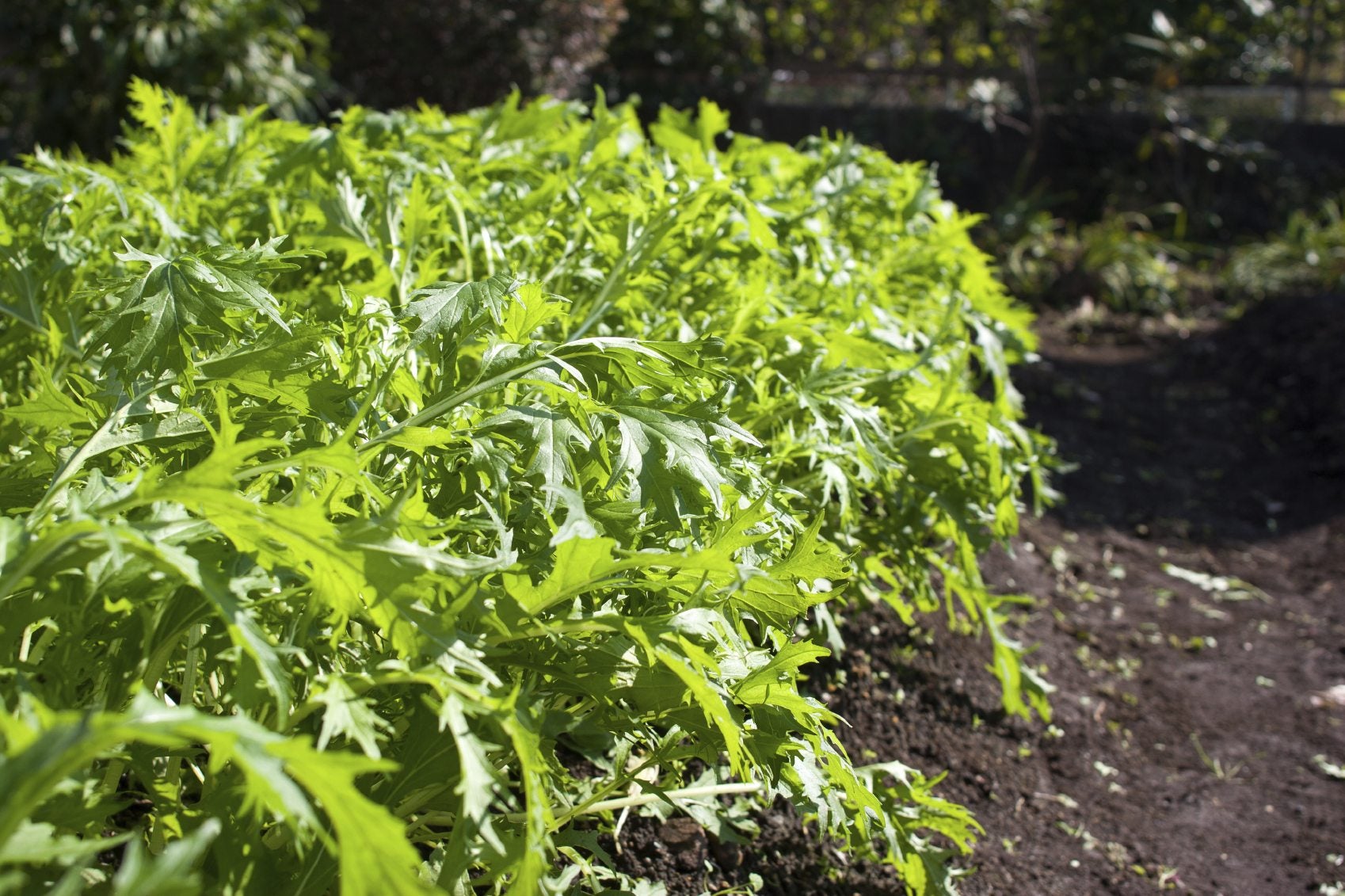 Asian Mizuna Greens: How To Grow Mizuna Greens In The Garden
Asian Mizuna Greens: How To Grow Mizuna Greens In The GardenMizuna greens are a popular leafy vegetable from Asia that is used worldwide. Like many Asian greens, they are related to the more familiar mustard greens. For more information on growing mizuna greens, this article will help.
By Liz Baessler
-
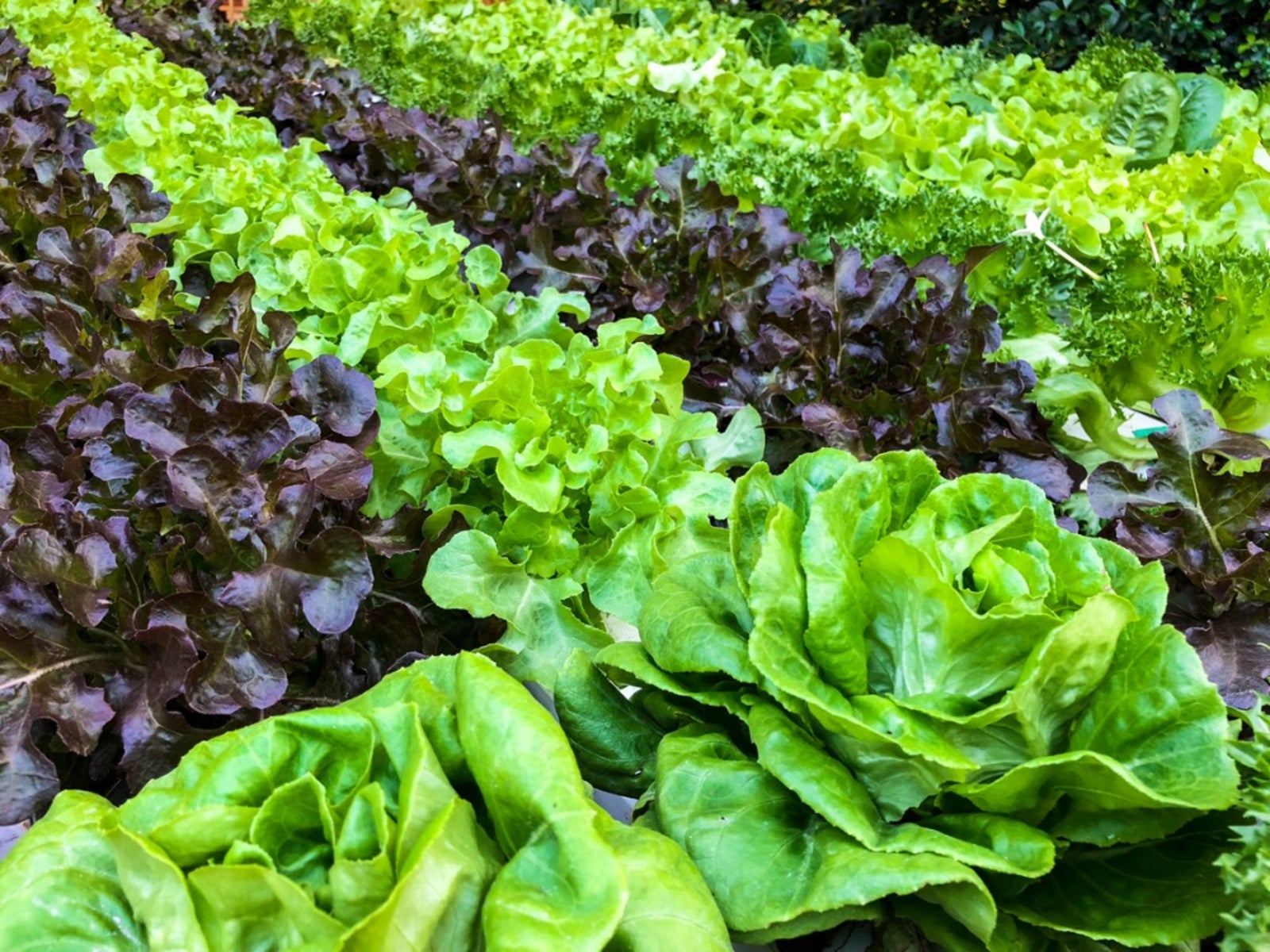 Leafy Garden Greens: Different Types Of Garden Greens
Leafy Garden Greens: Different Types Of Garden GreensWhat are greens? Leafy garden greens are more than lettuce. The types of garden greens range from the tops of edible roots to ornamental plants. Growing greens is easy, and this article will help.
By Bonnie L. Grant